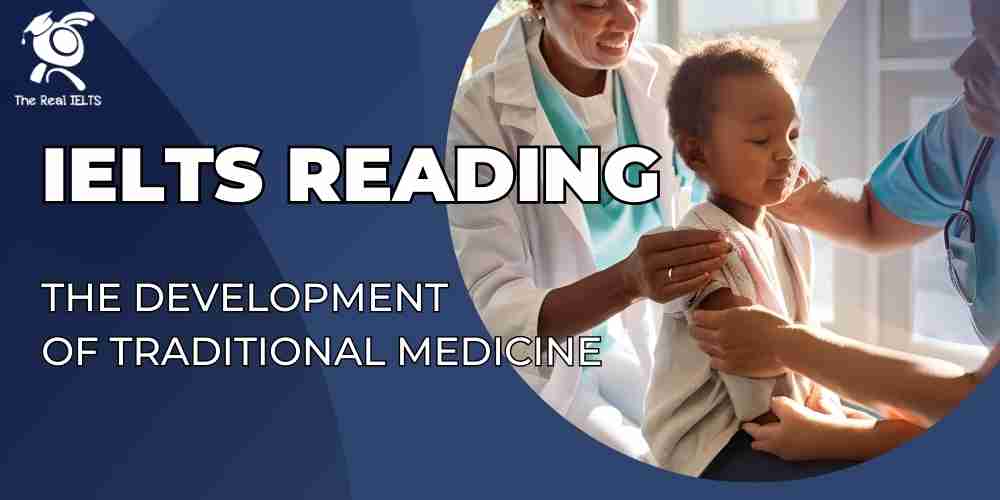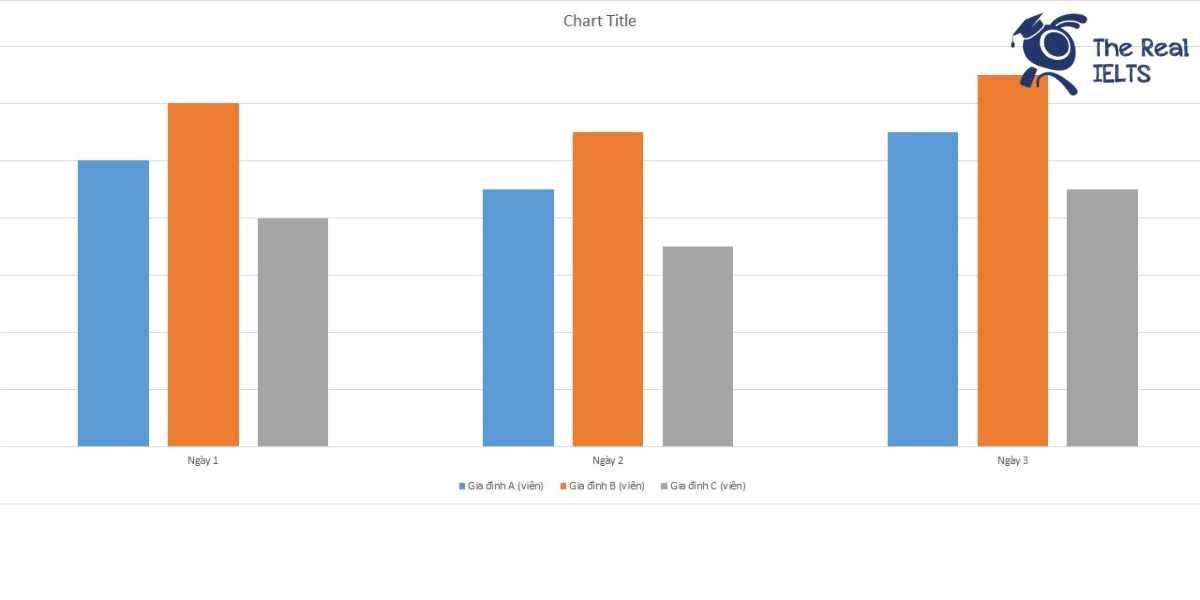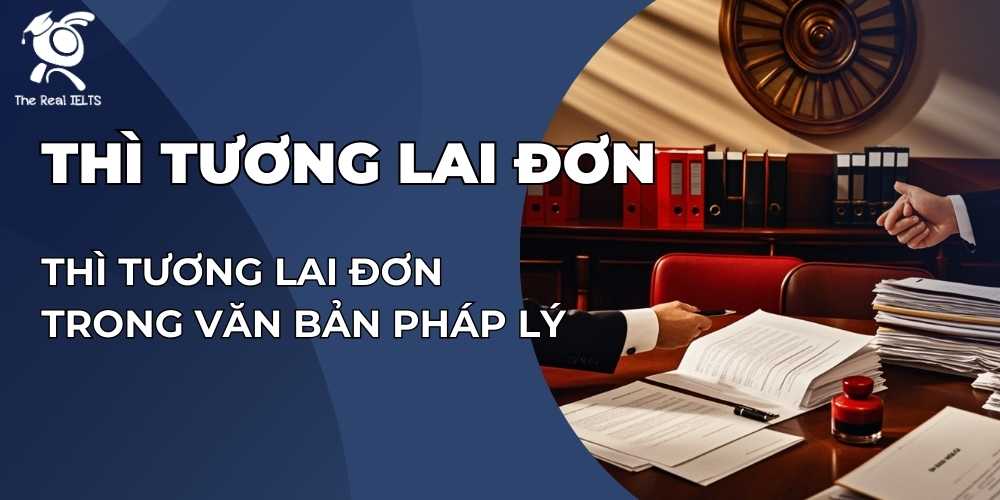IELTS Reading 25: The development of traditional medicine là chủ đề thuộc chuỗi bài luyện tập 11 dạng bài IELTS Reading và các bài tập luyện tập.
Học lại bài cũ: IELTS Reading 24: Health and nutrition trends.
IELTS Reading: The development of traditional medicine
Throughout history, traditional medicine has played a crucial role in healthcare systems around the world. From ancient civilizations to modern times, the evolution of traditional medical practices has been shaped by cultural beliefs, natural resources, and the quest to understand human health and disease. The rich history of traditional medicine not only reflects humanity’s deep connection with nature but also provides valuable insights into how people have adapted to environmental changes and challenges in healthcare.
Early Beginnings
The origins of traditional medicine date back thousands of years, long before the advent of modern scientific methods. In ancient times, people turned to their natural surroundings for healing, relying on plants, herbs, minerals, and animal products to treat ailments. These remedies were passed down orally through generations, and over time, they became integral parts of cultural traditions.
In China, for instance, traditional Chinese medicine (TCM) has its roots in texts such as the “Huangdi Neijing” (The Yellow Emperor’s Classic of Medicine), which is believed to have been written over 2,000 years ago. TCM is based on concepts like the balance of yin and yang and the flow of energy known as “qi” through the body. Similarly, in India, Ayurveda emerged as one of the oldest systems of medicine, dating back more than 5,000 years. It focuses on balancing bodily elements—Vata, Pitta, and Kapha—to achieve harmony in both body and mind.
The Influence of Nature
One of the defining features of traditional medicine is its reliance on natural elements. Plants have been central to healing practices across many cultures. The use of herbs such as ginseng in China, turmeric in India, and willow bark in Europe (the precursor to aspirin) highlights the extensive knowledge ancient societies developed about the medicinal properties of their local flora.
In Africa, traditional healers are known for their profound understanding of medicinal plants, which they use to treat a variety of conditions, from infections to digestive issues. For centuries, the indigenous knowledge of these plants has been safeguarded within communities and remains an important aspect of healthcare in many rural areas today.
However, traditional medicine also incorporates spiritual elements. In Native American cultures, for example, healing practices often involve ceremonies and rituals aimed at restoring balance between the individual and the natural world. This holistic approach recognizes that mental, physical, and spiritual health are interconnected, a view that is still influential in many traditional practices.
Challenges and Adaptation
Despite the deep-rooted nature of traditional medicine, its role in healthcare has evolved as modern medicine has advanced. In the 19th and 20th centuries, scientific breakthroughs led to the development of vaccines, antibiotics, and diagnostic technologies, which revolutionized the treatment of diseases. As a result, traditional medicine was often viewed as outdated or unscientific by the medical establishment.
However, in recent decades, there has been a resurgence of interest in traditional medicine, particularly as a complement to modern healthcare. One reason for this shift is the growing recognition of the limits of conventional medicine, especially in treating chronic conditions like arthritis, diabetes, and heart disease. In many cases, patients have turned to traditional remedies for relief, finding that they offer a more holistic approach to managing long-term illnesses.
Governments and international organizations have also taken steps to integrate traditional medicine into modern healthcare systems. The World Health Organization (WHO) has acknowledged the value of traditional medicine, encouraging research into its safety and effectiveness. In China, TCM is practiced alongside Western medicine, with both systems complementing each other in hospitals and clinics. Similarly, in India, Ayurveda is part of the national healthcare framework, and efforts are underway to standardize traditional practices and ensure they are scientifically validated.
Globalization and Knowledge Exchange
The development of traditional medicine has also been influenced by globalization. The exchange of knowledge across borders has expanded the use of traditional remedies beyond their place of origin. For example, acupuncture, which originated in China, is now practiced worldwide, and herbal supplements like ginkgo biloba and echinacea have become popular in many Western countries.
This cross-cultural exchange has contributed to the growing popularity of alternative therapies in industrialized nations. However, it has also raised concerns about the sustainability and ethical use of traditional knowledge. As demand for natural remedies increases, there is a risk of over-harvesting plants and other natural resources, threatening biodiversity and the ecosystems that sustain these traditional practices. Furthermore, indigenous communities often face challenges in protecting their knowledge from exploitation, as pharmaceutical companies seek to patent natural compounds derived from traditional remedies.
The Future of Traditional Medicine
Looking ahead, the future of traditional medicine will likely involve greater collaboration between traditional practitioners and modern healthcare providers. As research continues to uncover the therapeutic benefits of traditional remedies, these practices may gain more acceptance within mainstream medicine. For example, studies on the anti-inflammatory properties of turmeric have led to its incorporation into modern treatments for arthritis and other inflammatory conditions.
At the same time, the preservation of traditional knowledge remains a priority. In many parts of the world, efforts are underway to document traditional healing practices and protect the biodiversity that sustains them. These initiatives are not only crucial for maintaining cultural heritage but also for ensuring that future generations can continue to benefit from the wisdom of their ancestors.
In conclusion, the development of traditional medicine reflects humanity’s enduring relationship with nature and the ongoing search for effective ways to promote health and well-being. While traditional medicine has faced challenges in the face of modern scientific advances, it remains a vital part of healthcare in many parts of the world. As we move forward, a balanced approach that integrates traditional and modern practices could offer the best of both worlds in addressing global health challenges.
Question
1. Multiple Choice (Chọn đáp án đúng)
Question:
What is one of the main reasons for the resurgence of traditional medicine in recent decades?
A. Traditional medicine is cheaper than modern medicine.
B. People believe that traditional medicine is more effective for all diseases.
C. Modern medicine has limitations in treating chronic conditions.
D. Governments are banning modern medicine.
2. True/False/Not Given (Đúng/Sai/Không có thông tin)
Statement:
Traditional Chinese medicine is based on the balance of three elements: Vata, Pitta, and Kapha.
3. Yes/No/Not Given (Có/Không/Không có thông tin)
Statement:
The World Health Organization is trying to replace traditional medicine with modern scientific methods.
4. Matching Information (Ghép thông tin)
Task:
Match the following statements to the correct paragraph.
- A reference to the spiritual elements involved in traditional medicine.
- Mention of international organizations supporting traditional medicine.
- The role of natural elements in traditional medical practices.
5. Matching Headings (Ghép tiêu đề)
Task:
Choose the correct heading for each paragraph from the list of headings below.
List of Headings:
i. The future of traditional medicine
ii. Global interest in natural remedies
iii. Challenges faced by traditional medicine
iv. Historical origins of traditional medicine
v. Collaboration between modern and traditional practices
Paragraphs:
- Paragraph A: ___
- Paragraph B: ___
- Paragraph C: ___
6. Matching Sentence Endings (Ghép kết thúc câu)
Task:
Complete the sentences by matching the beginnings with the correct endings.
Beginnings:
- Traditional healers in Africa…
- The resurgence of interest in traditional medicine…
- Studies on turmeric have shown…
Endings:
A. …have led to its use in modern treatments for arthritis.
B. …have a deep understanding of medicinal plants.
C. …has occurred due to limitations in conventional treatments.
7. Sentence Completion (Hoàn thành câu)
Task:
Complete the sentences below using NO MORE THAN TWO WORDS from the text.
- The balance of energy, called “qi,” is a key concept in __________ medicine.
- __________ plays a significant role in the healthcare of rural African communities.
8. Summary Completion (Hoàn thành bản tóm tắt)
Task:
Complete the summary using the words from the box.
Summary:
Traditional medicine has been practiced for thousands of years, with systems such as __________ in China and __________ in India. These systems rely heavily on natural elements like __________ and herbs. In modern times, traditional medicine has seen renewed interest, partly due to the limitations of __________ in treating chronic conditions.
Word Box:
Ayurveda, modern medicine, TCM, minerals, acupuncture
9. Diagram Label Completion (Hoàn thành nhãn sơ đồ)
Task:
Label the diagram below, which illustrates the development of traditional medicine over time.
- __________ remedies passed down through generations.
- Incorporation of __________ elements into healing practices.
- Increased integration with __________ healthcare systems.
10. Short Answer Questions (Câu hỏi trả lời ngắn)
Task:
Answer the following questions using NO MORE THAN THREE WORDS.
- Which plant is a precursor to aspirin in European traditional medicine?
- What document is an ancient source of knowledge for traditional Chinese medicine?
11. Table/Flowchart/Note Completion (Hoàn thành bảng/sơ đồ dòng/chú thích)
Task:
Complete the table with information from the text.
| Country/Region | Traditional Medicine System | Key Concepts/Elements |
|---|---|---|
| China | __________ | Balance of yin and yang, flow of qi |
| India | __________ | Balance of Vata, Pitta, and Kapha |
| Africa | Indigenous systems | Use of medicinal __________ |
Answers
1. Multiple Choice (Chọn đáp án đúng)
Question:
What is one of the main reasons for the resurgence of traditional medicine in recent decades?
Answer: C. Modern medicine has limitations in treating chronic conditions.
2. True/False/Not Given (Đúng/Sai/Không có thông tin)
Statement:
Traditional Chinese medicine is based on the balance of three elements: Vata, Pitta, and Kapha.
Answer: False
(Explanation: The balance of Vata, Pitta, and Kapha belongs to Ayurveda, not traditional Chinese medicine.)
3. Yes/No/Not Given (Có/Không/Không có thông tin)
Statement:
The World Health Organization is trying to replace traditional medicine with modern scientific methods.
Answer: No
(Explanation: The WHO encourages research into the safety and effectiveness of traditional medicine but does not aim to replace it.)
4. Matching Information (Ghép thông tin)
Task:
Match the following statements to the correct paragraph.
- A reference to the spiritual elements involved in traditional medicine.
Answer: Paragraph 4 - Mention of international organizations supporting traditional medicine.
Answer: Paragraph 6 - The role of natural elements in traditional medical practices.
Answer: Paragraph 3
5. Matching Headings (Ghép tiêu đề)
Paragraph A: iv. Historical origins of traditional medicine
Paragraph B: iii. Challenges faced by traditional medicine
Paragraph C: ii. Global interest in natural remedies
6. Matching Sentence Endings (Ghép kết thúc câu)
- Traditional healers in Africa…
Answer: B. have a deep understanding of medicinal plants. - The resurgence of interest in traditional medicine…
Answer: C. has occurred due to limitations in conventional treatments. - Studies on turmeric have shown…
Answer: A. have led to its use in modern treatments for arthritis.
7. Sentence Completion (Hoàn thành câu)
- The balance of energy, called “qi,” is a key concept in Chinese medicine.
- Traditional healers play a significant role in the healthcare of rural African communities.
8. Summary Completion (Hoàn thành bản tóm tắt)
Answer:
Traditional medicine has been practiced for thousands of years, with systems such as TCM in China and Ayurveda in India. These systems rely heavily on natural elements like plants and herbs. In modern times, traditional medicine has seen renewed interest, partly due to the limitations of modern medicine in treating chronic conditions.
9. Diagram Label Completion (Hoàn thành nhãn sơ đồ)
- Herbal remedies passed down through generations.
- Incorporation of spiritual elements into healing practices.
- Increased integration with modern healthcare systems.
10. Short Answer Questions (Câu hỏi trả lời ngắn)
- Willow bark
- Huangdi Neijing (The Yellow Emperor’s Classic of Medicine)
11. Table/Flowchart/Note Completion (Hoàn thành bảng/sơ đồ dòng/chú thích)
| Country/Region | Traditional Medicine System | Key Concepts/Elements |
|---|---|---|
| China | TCM | Balance of yin and yang, flow of qi |
| India | Ayurveda | Balance of Vata, Pitta, and Kapha |
| Africa | Indigenous systems | Use of medicinal plants |















